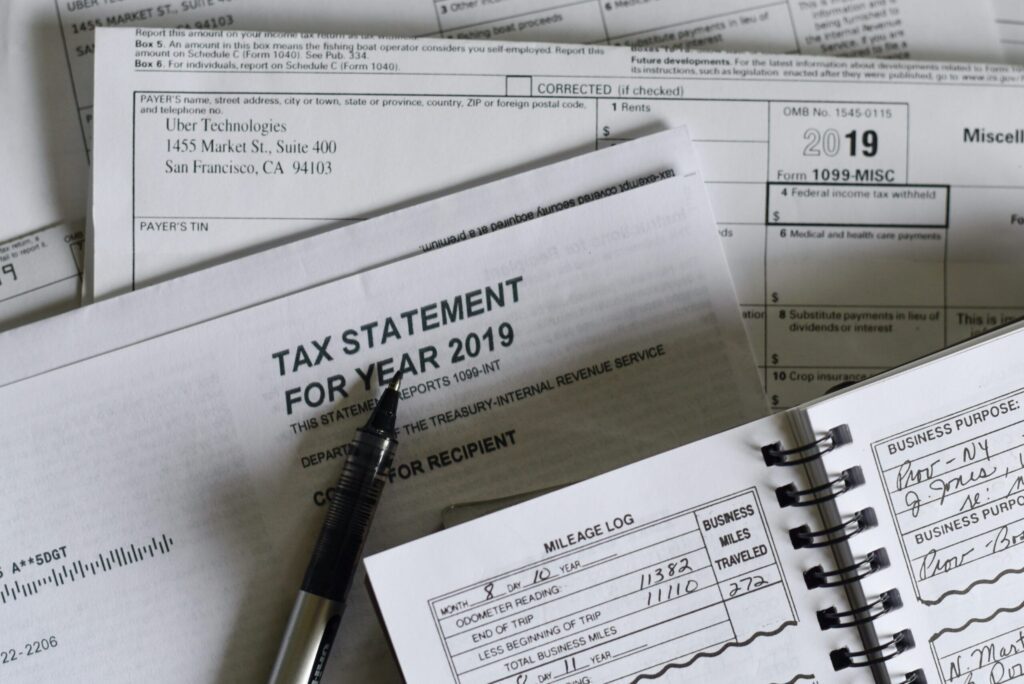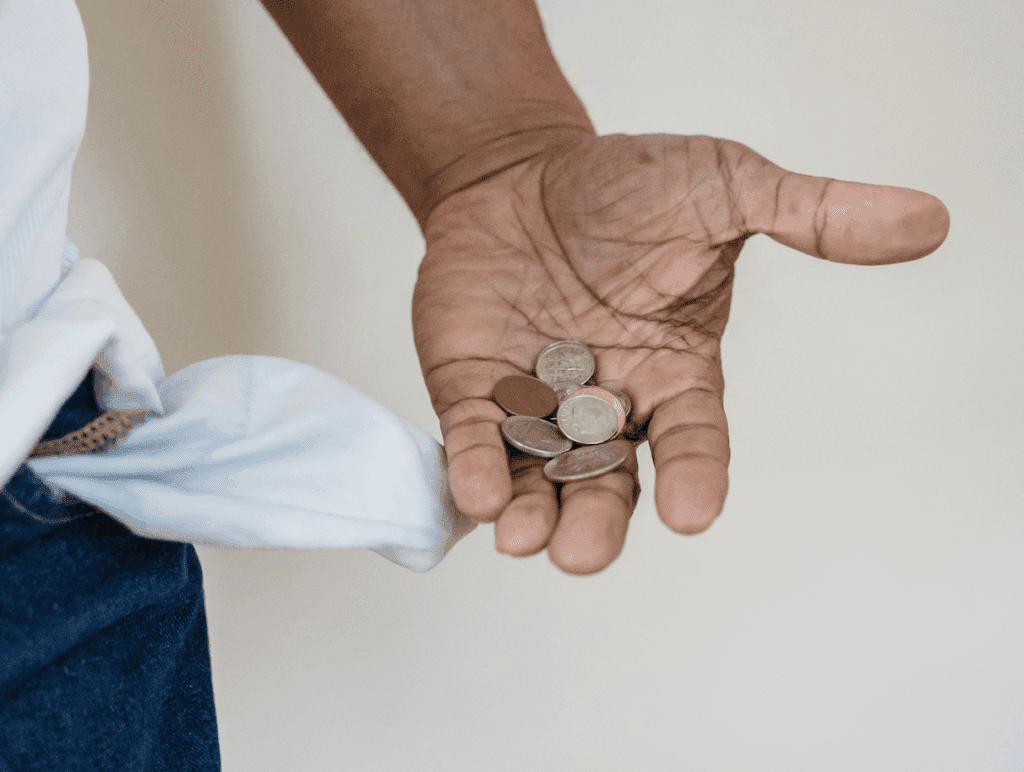If you are looking for a consumer proposal example, you are highly likely weighing up the advantages of a consumer proposal and looking to file one yourself. Consumer proposals can change your life, as well as your financial future. Not only can they reduce your debt by up to 80%, but they enable you to keep your assets and offer protection from your creditors. Consumer proposals are ultimately a win-win scenario – a win for you as you reduce your debt, and a win for your creditors as they will receive slightly more than they would if you filed bankruptcy. When doing your research, it is natural to want to understand how a consumer proposal may look for you, especially when it comes to the payment terms. In this article, we share a consumer proposal example for a few different scenarios to help you better understand how a consumer proposal may be designed to suit your financial circumstances, and how it could help you on your journey to debt relief. Obviously every individual’s situation is different, but these examples can give you an idea of what a consumer proposal could do for you.
How does a consumer proposal work?
You are probably familiar by now with how a consumer proposal works, but here is a brief recap. A consumer proposal is a legal negotiation between you and your creditors, organized by your Licensed Insolvency Trustee on your behalf. You propose a manageable monthly repayment figure, and if they agree, they agree to clear the rest of your debt. Consumer proposals can be spread out monthly up to five years. You can also put down a lump sum if you have access to the funds. Your consumer proposal monthly payments depend on a few variables: how much and who you owe; your income; any assets you may have; and your budget. Some creditors will expect more than others, and generally creditors will want to receive more than they would via a bankruptcy. Although you can keep your assets when filing a consumer proposal, you will need to compensate your creditors for any non-exempt assets you would surrender in a bankruptcy. Your budget is also a factor in your consumer proposal – your Licensed Insolvency Trustee will help you to determine what is affordable for you to repay each month.
Consumer proposal example #1: surplus income
John got in touch with us after finding his student loan debt a challenge for over a decade. When he reached out, he owed $10,000 in credit card debt, a $10,000 high interest rate line of credit, and almost $20,000 in student loan debt. As he had been out of school for over seven years, his student loan could be included in his consumer proposal. John’s income was around $3,500 per month, which would have meant he needed to pay around $600 a month for 21 months if he filed bankruptcy. Based on his circumstances, we instead suggested a consumer proposal of $300 a month for 60 months – his creditors agreed. This meant John paid $18,000 over a period of time on debts that came to $40,000 in total. This was a huge saving of $22,000.
Consumer proposal example #2: the ‘lump sum’
For anyone who has a lump sum of money, this is the quickest route to handling your debts via a consumer proposal. Angela, for example, had $20,000 in savings tucked away in an RRSP. She also owed a credit card debt of $25,000 to a creditor. With our support, she offered to cash her creditors out, and surrendered any after tax proceeds to go towards her creditors. This meant she was able to make a one-off payment of $14,400 via a consumer proposal from cashing out her investment. This was accepted by her lender. Once settled, she did not need to make any further payments to her creditors. This is a substantial saving of $10,600.
Consumer proposal example #3: making rent affordable
With a rising cost of living and rents facing consistent increases across Canada, we are seeing an increasing number of Canadians coming to us because they are struggling with everyday expenses. Mark, a teacher, approached us with $40,000 in store card debt, and a $20,000 car loan debt. No longer able to afford his rent, Mark moved back in with his parents in Vaughan, Ontario, but everyday expenses including gas, insurance, and his car loan were eating into his income. This made it difficult for him to pay any kind of rent or living costs. Mark just had a financed car and $5,000 in assets including a laptop which were exempt. Based on his circumstances, Mark was due to pay around $1,000 per month in surplus income payments over 21 months via a bankruptcy. He chose instead to file a consumer proposal to reduce these costs to $200 over 60 months, enabling him to move out and afford his rent once again. Filing saved him $9,000.
Consumer proposal example #4: switching from bankruptcy
Sharlene filed a bankruptcy, but unexpectedly found herself earning much more than she had originally anticipated. She was worried that because her income was high, she could incur substantial surplus income payments. She would have had to pay $800 a month in surplus income for a period of 21 months through her bankruptcy. She approached Spergel for help, and we advised her instead of making these high payments, to offer her creditors a consumer proposal to make a reduced payment but for an extended period. They agreed to an offer of $400 a month for 48 months instead. It was accepted, and the bankruptcy was cancelled – instead, she continued as if she had filed a consumer proposal since day 1. Overall, her creditors were pleased because they would receive more money, and Sharlene was relieved because the payments were agreed at a more manageable pace for her.
Consumer proposal example #5: making CERB repayments
Like many other couples, Scott and Lauren were financially comfortable until the pandemic struck. Lauren was able to continue working, but Scott was out of pocket for a few months and unable to work. They received CERB payments to assist a little with groceries, but both lived off their credit cards while Scott was out of work. Their credit card debt fairly quickly escalated to $20,000, and Scott returned to work but was also concerned about owing $10,000 in tax debt and was then notified he needed to repay $10,000 in CERB repayment. As the credit cards were in Scott’s name and he owed the tax and CERB repayment, he needed to file a consumer proposal. Given their household income, Scott would have had to pay $500 a month in surplus income for 21 months in a bankruptcy. With some assets between them, their bankruptcy cost would have looked to be around $40,000. Instead, we recommended a consumer proposal of $150 for 60 months. The CRA accepted the offer as well as another creditor, although the primary creditor countered the offer at $200 a month. Scott and Lauren realized they could afford up to $250 per month, so Scott accepted the counter offer. Filing a consumer proposal saved them both $28,000. Lauren did not need to file as the debt was not registered in her name. This meant they could use Lauren’s credit cards, but they needed to clear their balance each month and manage their finances more carefully for the future.
Consumer proposal example #6: using home equity
A consumer proposal can be a great debt relief option if you owe more debt than the value of your home equity. In fact, it can allow you to keep your home. This situation happened for Brendon – he and Chelsey bought their property a year ago. The value of their house increased, but they had some expensive emergency repairs that they had to pay for on the property. Neither of them were eligible for a second mortgage, and they had no savings. They took out a high interest line of credit in Brendon’s name. Chelsey became unemployed during the pandemic, and therefore it became difficult for them to keep up their payments. Brendon owed $50,000 in debt and reached out to Spergel. It turned out the equity in their home was around $25,000. As they had two children, there was no surplus income penalty. Brendon filed a consumer proposal offer of $15,000 over 60 months. This – at $250 per month – turned out to be much more manageable than the debt payments and interest he owed, and so Brendon managed to reduce his debt considerably and they could keep their home.
The consumer proposal examples we have shared are just a handful of common cases we see from our clients. In fact, at Spergel we have helped over 100,000 Canadians on their journey to financial freedom, and so we have seen thousands of unique scenarios. Commonly, our clients struggle with credit card debt, loans, payday loans, student loan debts, and tax debt. You may relate to one of the consumer proposal examples above, or have a completely different scenario. At Spergel, we handle each scenario with compassion and understanding, and will review your financial circumstances to help you on the journey to debt relief.
If you want to know more about our consumer proposal examples, book a free consultation with Spergel today. We will share more information on consumer proposals as well as other debt relief options that may be suitable for you. Our experienced Licensed Insolvency Trustees have been helping Canadians gain peace of mind financially for over thirty years. Reach out today – you owe it to yourself.



















